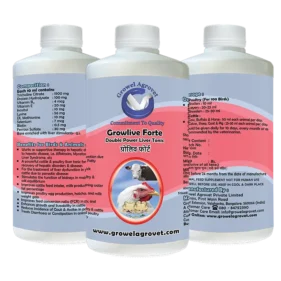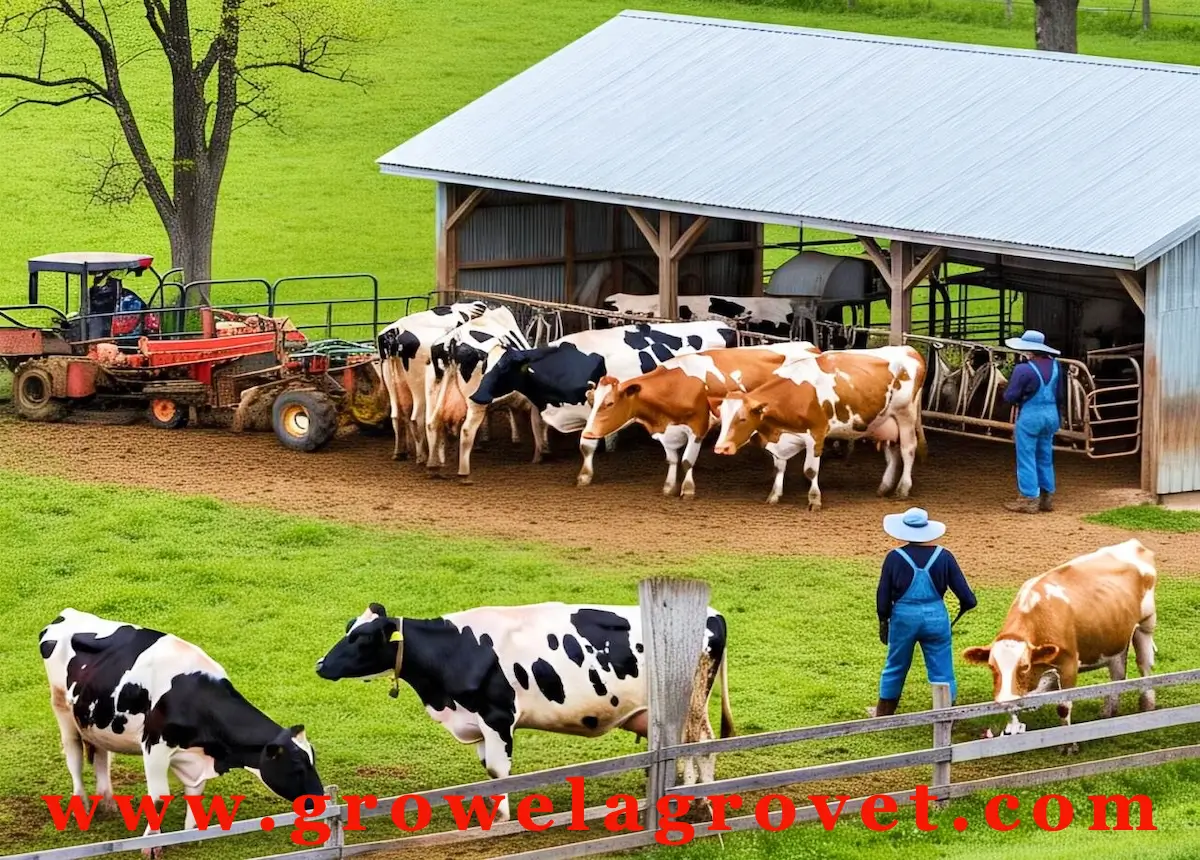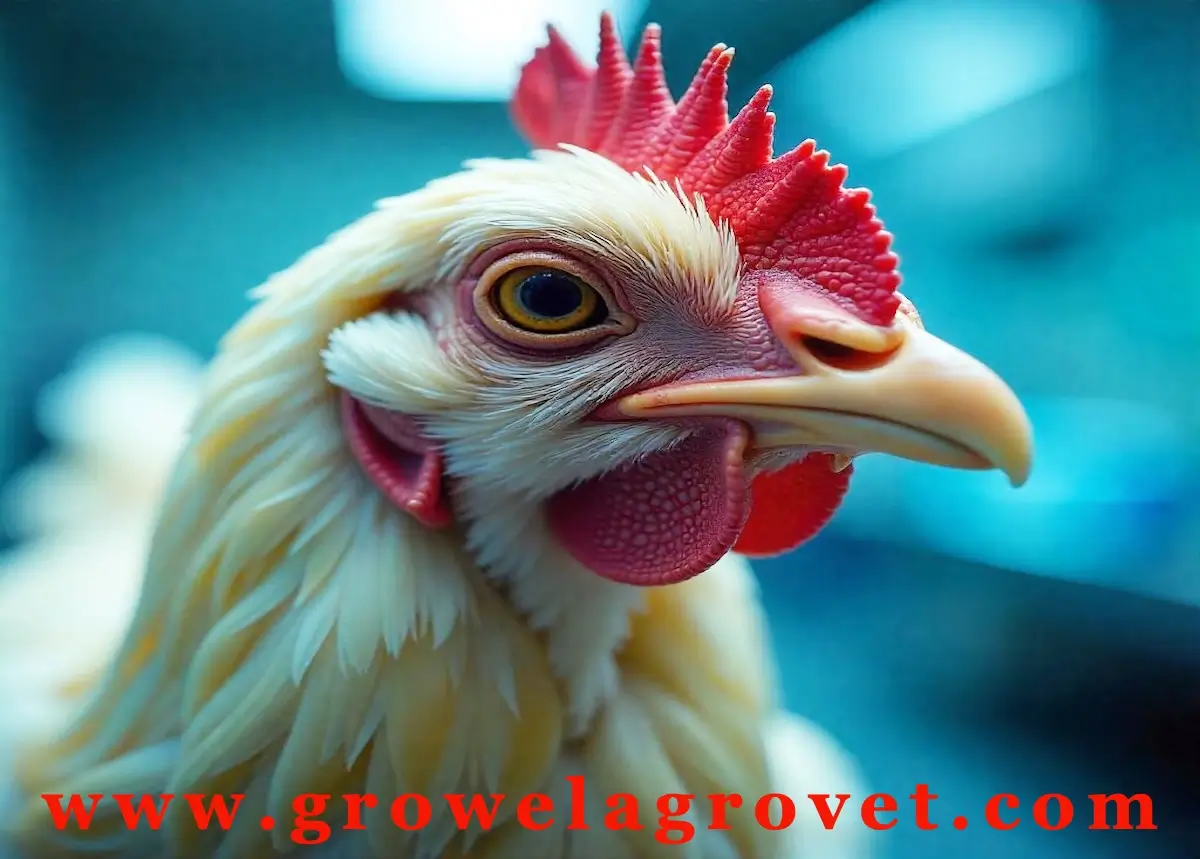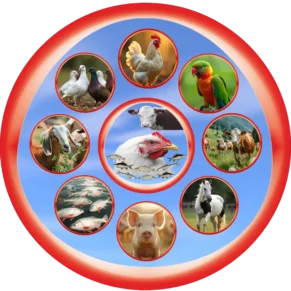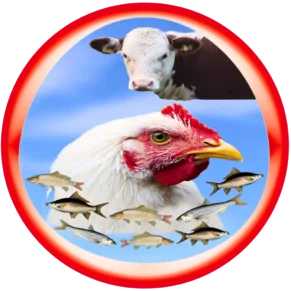Dairy farming Information and in-depth knowledge about dairy farming is vital for a profitable dairy farming business. Dairy farming provides an excellent opportunity for self-employment of unemployed youth. It is also an important source of income generation to small/marginal farmers and agricultural labourers. India is one of the largest milk producers of the world. The demand of milk & milk product is increasing rapidly. There is immense scope of dairy farming in our country. The increasing cost of feed ingredients and its seasonal variability can be reduced by undertaking fodder cultivation.
How Safe is Dairy Farming ?
Dairy farming is a safe business for the following reasons:
- It is eco-friendly and does not cause environmental pollution as compared to other industries.
- Requirement of skilled labour is relatively less.
- Dairy product market is active round the year.
- Minimum investment on inventory. (No need to to stock raw materials in huge quantities.)
- Entire establishment can be shifted to a new location (if need arises e.g. Fire, Floods etc.)
- One can insure animals.
- Less energy requirement. Biogas plant fed with cow dung can supply maximum energy to meet farms day to day requirement. Decomposed slurry of such plant can also be effectively used as organic manure.
Limitations and Constraints of Dairy Farming :
- Breeding of animals and getting expected milk yield is a biological phenomenon, which depends upon various factors.
- Dairy farming besides good planning requires hardworking, reliable and alert manager. In India, usually persons from the family take the responsibility.
- Inadequate management of feeding, heard health and lack of quality control in various stage of production can cause major loss affecting the profitability of the entire venture.
Starting DairyFarming – How to begin with:
- One needs to decide first on the aims and objective of the farm. Every year there should be a progressive aim for breeding (including number of animals to be maintained) and production.
- You can visit dairy farms that run on commercial basis and have a discussion with experienced farm owners. You need not have to rely much on others experience, analyze every event logically and if needed consult with local Veterinarians for more information.
- If you plan to manage the farm on your own, look for opportunities to work for an existing farm for a minimum period of six months.
- Develop interest and study feed and fodder’s market in your region, its difficulties in relation to seasons.
- Manage a good team of labourers. You need to choose hardworking reliable persons preferably with some experience. You can also train them for specific jobs.
- Visit the cattle market occasionally. Observe animals on sale and talk with persons engaged with purchasing of animals.
- Study and download dairy farming pdf books available on Growel website free of cost and keep yourself informed.
- Watch dairy farming video on Growel website.
Getting Some Initial Professional Training for Dairy Farming in India:
Opportunities for training are available with most of the:
- Agricultural/Veterinary Universities of various states
- Krishi Vigyan Kendras
- State Department of Animal Husbandry
- State Institute of Rural Development
You can also choose to inquire with National level organisation like: National Dairy Research Institute (NDRI) Karnal (Haryana) – For training on rearing of dairy animals and manufacture of milk products.Alternately, you can also look for training facilities of non-governmental organizations that are active in farming sectors.
Selecting the Animal for Dairy Farming in India – Cows v/s. Buffaloes:
|
Some Suggestion to Help You in Deciding the Animal for Dairy Farming :
- Middle class health-conscious Indian families prefer low fat milk for consumption as liquid milk. We suggest you to go for a commercial farm of mixed type. (Cross breed, cows and buffaloes kept in separate rows under one shed). Conduct a through study of the immediate market where you are planning to market your milk .You can mix milk from both type of animals and sold as per need of the market. Hotels and some general customers (can be around 30%) prefer pure buffalo milk. Hospitals, sanitariums prefer cow’s milk
- Various Breeds ,Which has the Economic Life of Animals for Dairy Farming in India are buffalo milch breeds are Murrah, Surti, Mehasani, Jaffrabadi, and Nali – Ravi and Badhawari. The indigenous milch breeds of cattle are Gir, Sahiwal, Red Sindhi and Tharparkar. The exotic breeds of cattle are Holstein Friesian, Jersey and Brown Swiss.Economic life of buffaloes is 5-6 lactation and that of Crossbreed cows is 6-7 lactation.
- Under Indian condition a commercial dairy farm should consist of minimum 20 animals (10 cows, 10 buffaloes) this strength can easily go up to 100 animals in proportion of 50:50 or 40:60. After this however, you need to review your strength and market potential before you chose to go for expansion.
A Glance at the Infrastructure and Manpower Requirements for Dairy Farming :
- The space required per animal should be 40 sq.ft in shed and 80sq.ft open space. Besides, you will also need:
- One room 10” x 10” for keeping implements.
- One room 10”x 12” for milk storage
- Office cum living room of suitable size.
- Water tank capable of storing minimum 2000 liters
- Bore well with capacity to fill water tank in 1 hr
- Total land requirement for a unit of 20 animals can be sited as 3000 sq.ft. There should be space for expansion. Ideal space requirement for 100 animals is 13,000 to 15,000 sq.ft (120″ x 125”). For 20 animals initially, you can make contractual arrangements for getting an assured supply of 300 kgs. of Lucerne and 400 kgs. of maize fodder per day. However, in long run, as the strength of you farm will go up to 100 animals, It is advisable that you should go for a lease land of 15 to 20 acres with irrigation facility to cultivate green fodder for your animals. (One acre of green fodder cultivation for every five animals is required as a thumb rule.)
- The economics of whole dairy animal management depends upon its economic quality feeding. By using Growel products you can make economic and quality feeding for your dairy cattle.
- The strength of labourers in your farm can vary with number of animals usually the thumb rule is one labour for every 10 animals on milk or 20 dry animals or 20 young stock. Hopefully this dairy farming information would be very much helpful for your dairy farming business. You should also read Dairy Farming Business Guide
If you are into dairy or cattle related business & want to earn maximum profit in your business then please join our Facebook group How To Do Profitable Poultry & Cattle Farming ?
 Grow-Cal D 3 Powerful Calcium for Cattle & Poultry with Extra Zinc Magnesium. Composition : Each 100 ml contains: Calcium Organic : 1650 mg Vitamin D 3 : 8,000 I.U. Vitamin B 12 : 100 mcg Carbohydrate : 40000 mg Phosphorus : 850 mg Zinc : 90 mg Magnesium : 300 mg Indication & Benefits :
Dosage : For Cattle: Cow, Buffalo and Horse : 50 – 75 ml daily. Calf, Foal and Pig : 20 – 25 ml daily. Sheep, Goat and Pig : 5-10 ml daily . For 100 Birds : Growers and Broilers : 20 ml. daily. Layers and Breeders : 30 to 40 ml. daily. Should be given daily for 7 to 10 days, every month or as recommended by veterinarian. Packaging : 500 ml., 1 ltr. & 5 ltr. | A Double Power Cattle & Poultry Liver Tonic for preventing hepatic disorders – diseases and better FCR. Composition: Each 10 ml contains: Tricholine Citrate : 1500 mg Protein Hydrolysate : 100 mg Vitamin B 12 : 4 mcg Inositol : 10 mg Methyl Donors : 66 mg Selenium : 7 mcg Vitamin -E : 20 mg Biotin : 6 mcg Base enriched with liver stimulants- q.s. Indication & Benefits :
Dosage : For 100 Birds : Broilers : 8-10 ml. Layers : 10-15 ml. Breeders : 25-30 ml. For Cattle: Cow, Buffalo & Horse : 30-50 ml each animal per day. Calves : 20-30 ml each animal per day. Sheep, Goat & Pig : 10-15 ml each animal per day. Should be given daily for 7 to 10 days, every month or as recommended by veterinarian. Packaging : 500 m.l., 1 ltr. & 5 ltr. |




